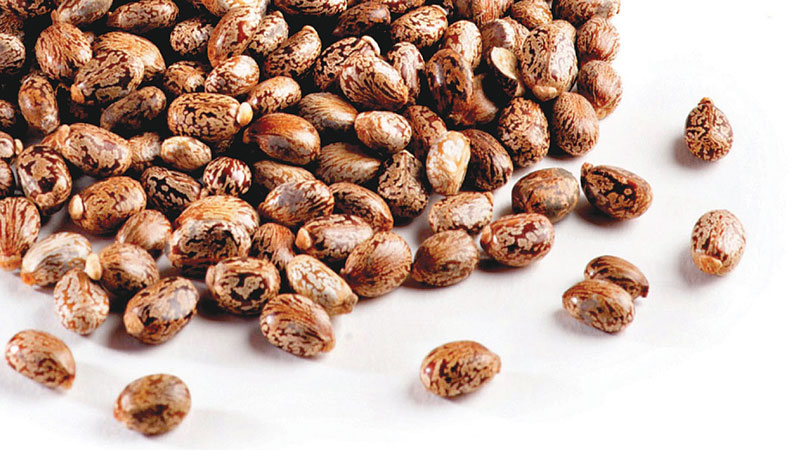

New economic activity: Around 66,000 hectares of castor bean cultivated land required to meet Duqm plant’s raw material needs -
MUSCAT, FEB 24
The commissioning and commercial launch next month of Oman’s only sebacic acid production project at the Special Economic Zone (SEZ) in Duqm is set to kickstart the mass farming of castor oil-beans — the primary source of sebacic acid and a host of value-added derivatives.
Sebacic Oman, the company behind the Duqm venture, sees the potential for an estimated 66,000 hectares of local farmland to be brought under castor oil-bean cultivation to provide the basic raw material for the project.
“There is huge potential for castor cultivation in the Sultanate with Omani farmers set to play a key role in this regard,” said Shaikh Hilal bin Khalid al Maawali, Chairman — Sebacic Oman. “As part of our In-Country Value (ICV) contribution to the nation’s economic development, our goal is to engage with local farmers to grow castor beans for our Duqm facility, and thereby open up a new income stream for them.”
Sebacic Oman’s 30,000 tonnes per annum (tpa) plant is due to come on stream in March, paving the way for
the production of sebacic acid and bio-plasticizers, roughly in the ratio of 80:20. Commercial production is initially envisaged at roughly 15-20 per cent of plant capacity, rising to full design capacity within six months.
While output from the plant is destined for export internationally, it’s the immense potential for In-Country Value (ICV) development at the upstream end of the project that has riveted wider interest in this venture.
“We see the potential to replicate the success of castor bean farmers in the western Indian state of Gujarat, which is a major hub in the global castor oil business, here in the Sultanate. Castor oil production in Gujarat has spawned a thriving contract farming industry that sustains the livelihoods of large numbers of local farmers,” said the Chairman.
Oman, according to the official, is ideally suited for industrial-scale castor oil-bean farming. “Castor plants are indigenous to Oman, given their ubiquitous presence in wadis across the country. They thrive in dry conditions, require very little water, and grow even in soil with relatively high salinity conditions. Our longer-term goal is to ensure that all our requirement of castor-oil — the raw material for our Duqm plant — comes entirely from local farmers.”
To this end, Sebacic Oman is working on a strategy to enlist local farmers in large-scale castor oil-bean cultivation in the Sultanate. But as with any new commercial crop, appetite is expected to be modest as farmers wait to see how their more enterprising peers fare in the delivery of their first crop.
“During the initial years, interested farmers are expected to study the suitability of castor bean species for cultivation in their specific geographical locations, requirement of water and other factors. It is only when they see that the crop is bringing economic returns to those who took the plunge at the outset, that they will follow suit. For our part, we will offer a variety of seeds for them to choose, and of course, offtake their output.”
Besides brightening prospects for the further greening of Oman’s desert landscape, mass-scale contract farming will also open up new economic opportunities for nationals, says Pradeepkumar B Nair, CEO —Sebacic Oman.
“Castor farming offers economic rewards to those who enter into this activity. Castor is traded internationally on commodity markets, so farmers can choose to either hold on to their output based on how the market is performing and sell it when prices are attractive. Moreover, the waste that is left over after the extraction of the oil is a good fertiliser that can be ploughed back into the farm. Farmers can be assured of good returns for their crop.”
Oman Observer is now on the WhatsApp channel. Click here



